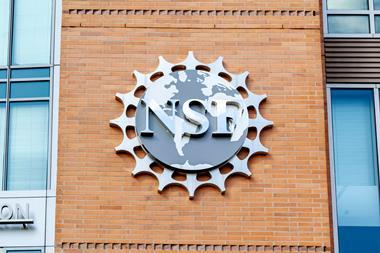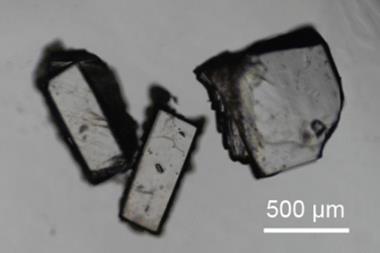US federal government funding for basic research would fall by more than a third, or approximately 34%, from $45 billion (£33.5 billion) to $30 billion under President Trump’s budget proposal for the 2026 financial year, according to new analysis by the American Association for the Advancement of Science (AAAS). Further, if Congress enacts the plan, the AAAS found that it would decrease science funding more broadly – including basic and applied work, as well as at R&D facilities – by about 22%, from $198 billion to $154 billion.
‘The administration’s proposed cuts for research and development are unprecedented – its funding levels would bring basic and applied research back to levels not seen since the late 1990s, when taking inflation into account,’ stated Joanne Padrón Carney, the AAAS’s chief government relations officer. ‘If adopted by Congress, it would curtail the US’s capabilities to compete with countries like China on biomedicine, quantum computer and artificial intelligence, and run the risk of not reaping the economic benefits from the science and engineering that leads to innovations.’
Neal Lane, a physicist who served as science adviser to former president Bill Clinton and previously as director of the NSF, agrees that these funding cuts in science are ‘unprecedented’. But he says they are no surprise ‘given the many other ways [Trump’s] polices are likely to set the US back by decades’. If Congress sustains these reductions, Lane warns that the US ‘will cede to China, in a single year’ its position of global scientific and technical leadership that the US has held for 80 years, since the end of the second world war.
John Holdren, an environmental and climate scientist who was science adviser to former president Barack Obama, says these cuts would be ‘terrible’ for US scientific progress, which underpins the US economy, public health, environmental quality and national security. ‘It must be hoped that the bipartisan character of those values will lead the Congress to reject resoundingly these indefensible Trump proposals,’ Holdren tells Chemistry World.
Back in May, the White House released a skinny version of its budget request for the 2026 financial year. Then in June, the administration released more details of the proposal, which indicated that funding for chemistry within the NSF’s maths and physical sciences programme would plummet by 75%, and materials research would be cut by 71%.

















No comments yet